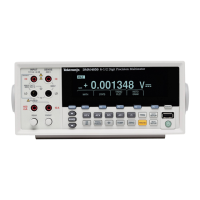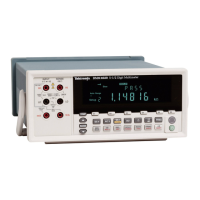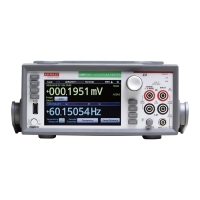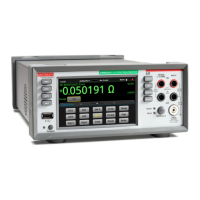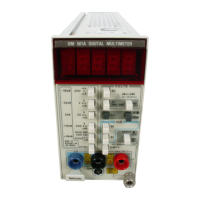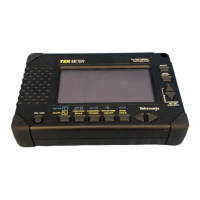PS280 and PS283 Performance Verification
10
Handheld and Benchtop Instruments Basic Service
6. Set the power supply to the PARALLEL operating mode by engaging both
TRACKING mode switches (both switches in).
7. Verify that the peak-to-peak ripple viewed on the oscilloscope is less than
2.5 mV.
8. Set the power supply to the SERIES operating mode by disengaging the
right TRACKING mode switch (switch out).
9. Verify that the peak-to-peak ripple viewed on the oscilloscope is less than
5 mV.
Table 8: Load Resistor Values for Ripple Checks
PS280 PS283
Mo
R
L
R
S
R
L
R
S
INDEP 15 W, 70 W 0.5 W, 5 W 30 W, 40 W 0.5 W, 5 W
PARALLEL 7 W, 140 W 10 W, 30 W 15 W, 70 W 0.5 W, 5 W
The following check verifies the SLAVE current ripple.
1. Set the power supply to INDEP operating mode by disengaging both
TRACKING switches (both switches out).
2. Set the power supply SLAVE AMPS/VOLTS meter switch to VOLTS.
3. Set the power supply to 25 VDC using the digital display.
4. Connect the test oscilloscope and load resistors to the + and – terminals of
the SLAVE output as shown in Figure 3. See Table 8 for the appropriate load
resistor values.
5. Verify that the peak-to-peak ripple viewed on the oscilloscope is less than
3 mV.
SLAVE Current Ripple
